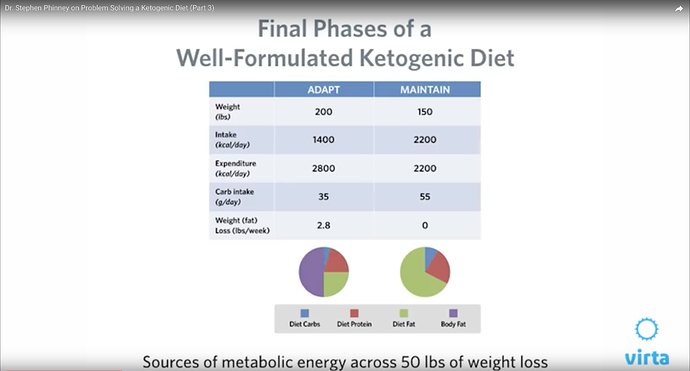If this has been answered before, forgive me!
I was looking at this again recently after having made a LOT of changes and finally breaking my year long stalk, and getting terrifyinglyvclose to goal (10lbs or wherever we decide to stop from there!). And wondering what or how my macros will look like/ change.
Has anyone ever used this chart and plugged in lower numbers?



